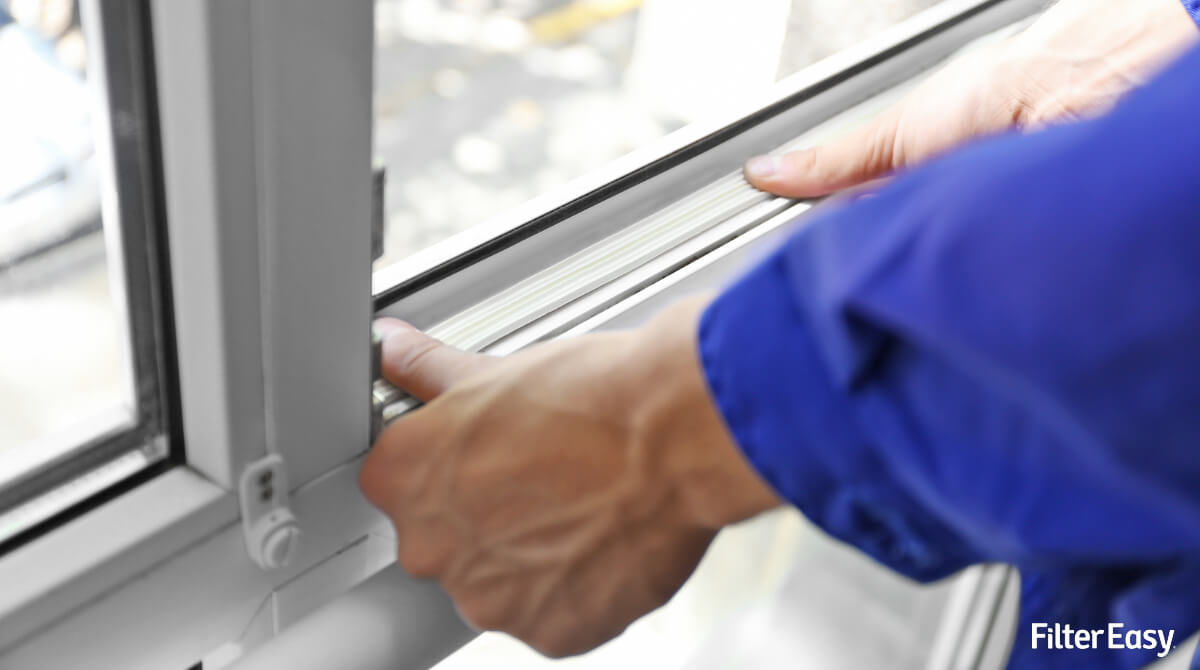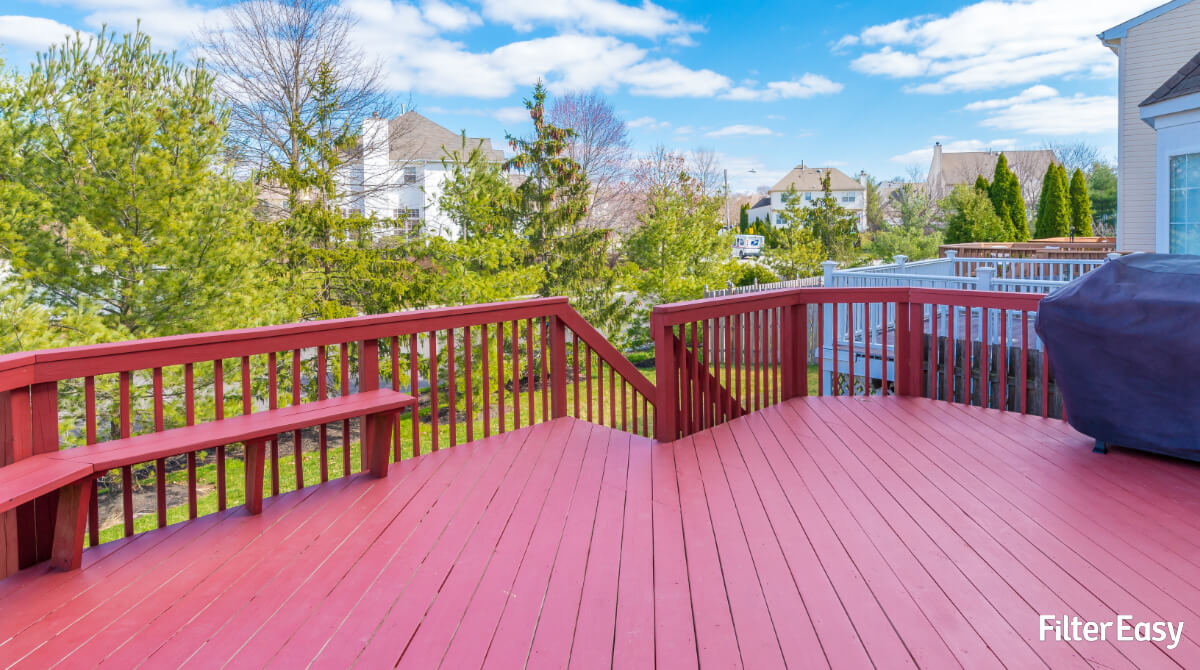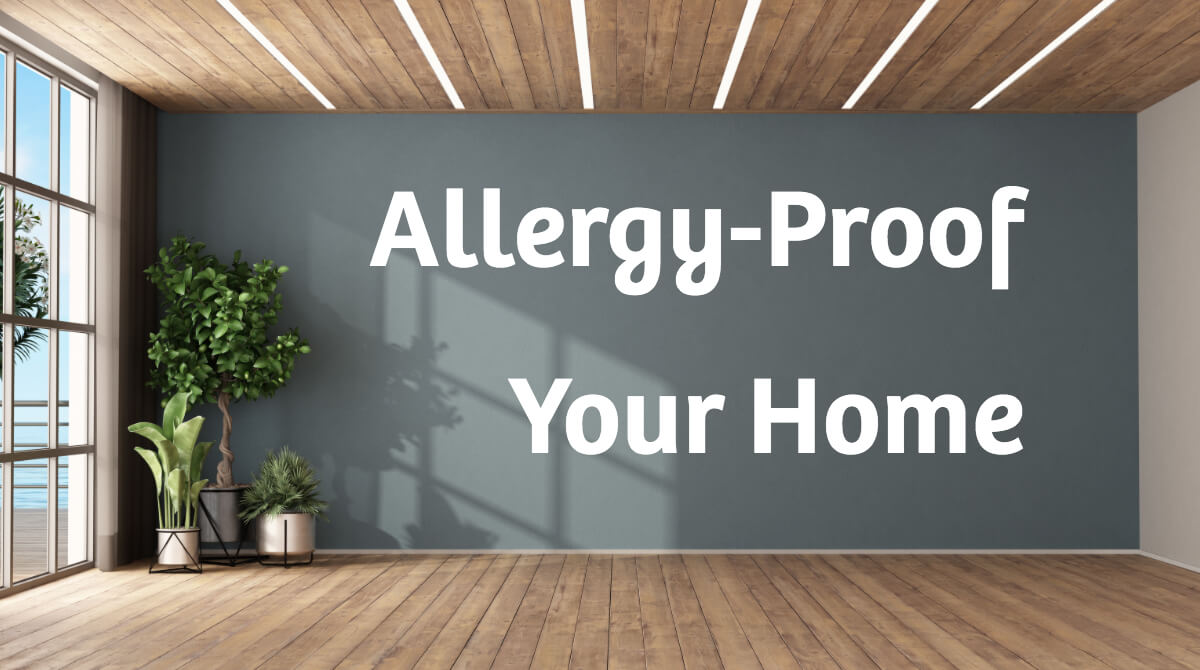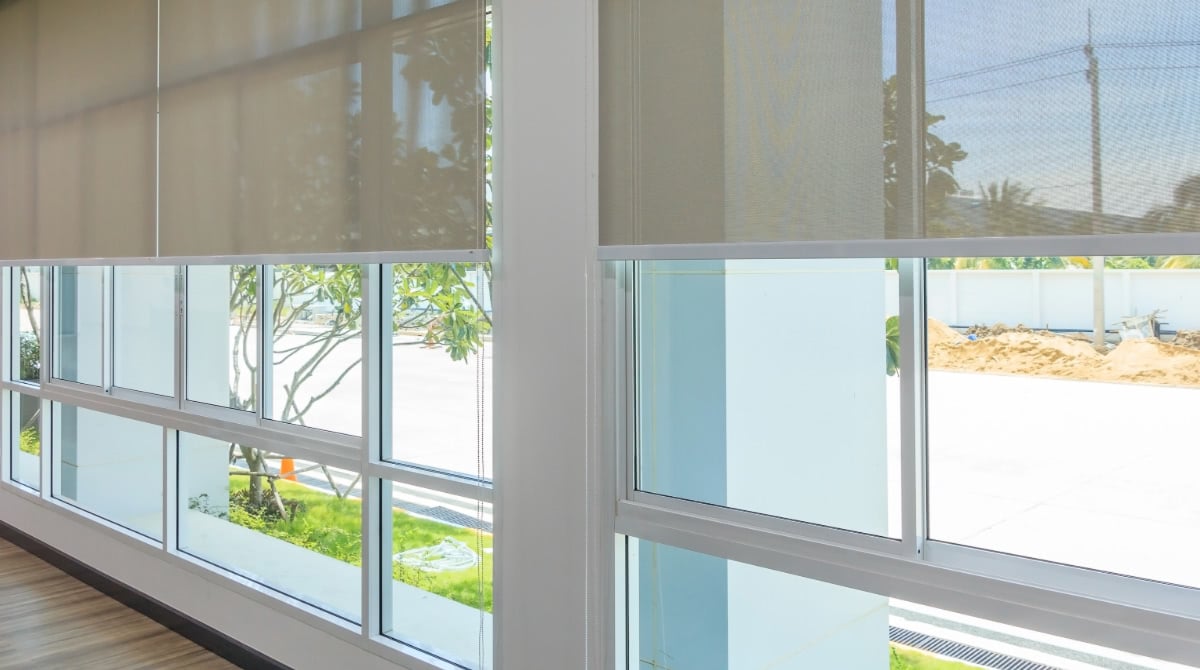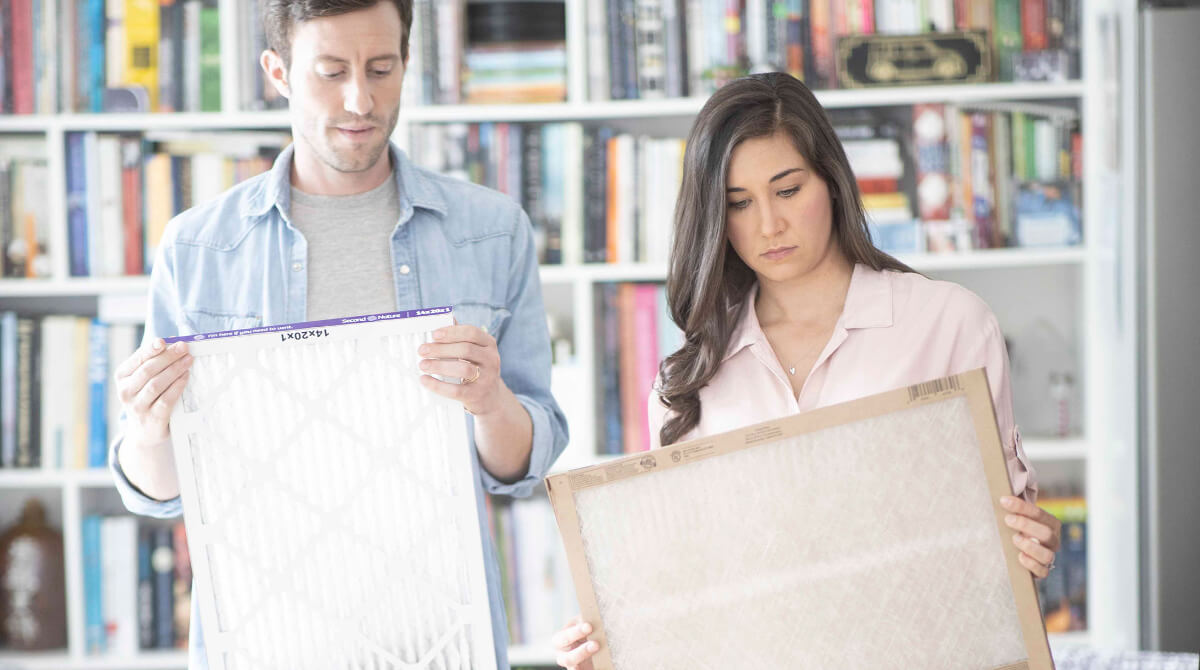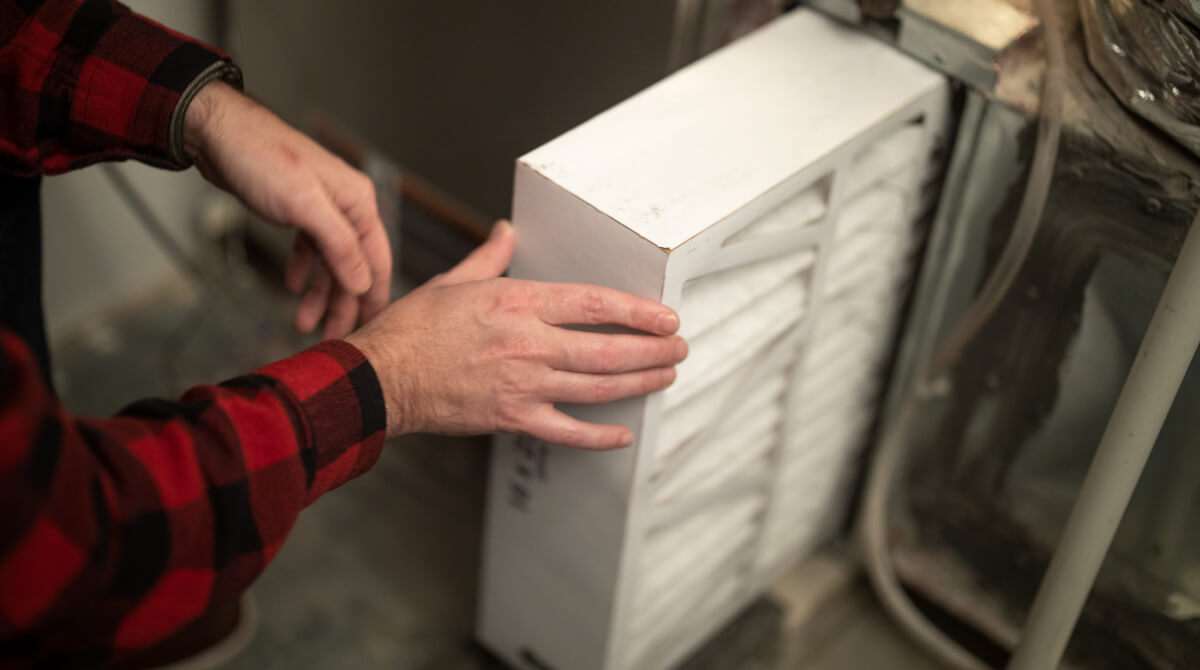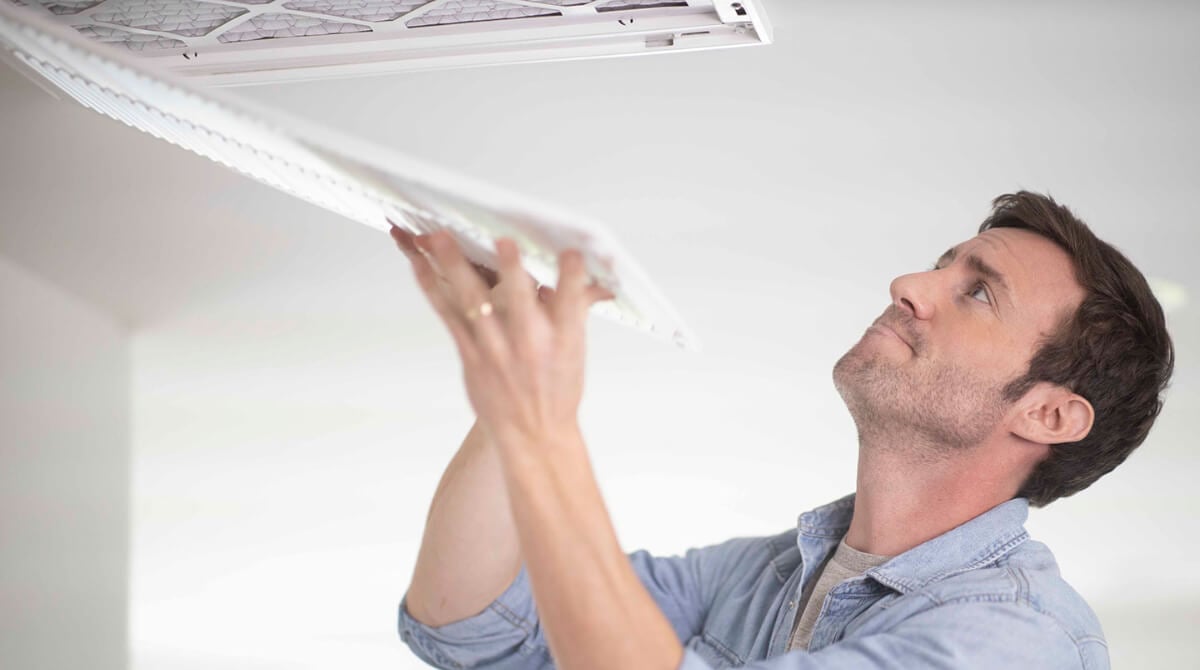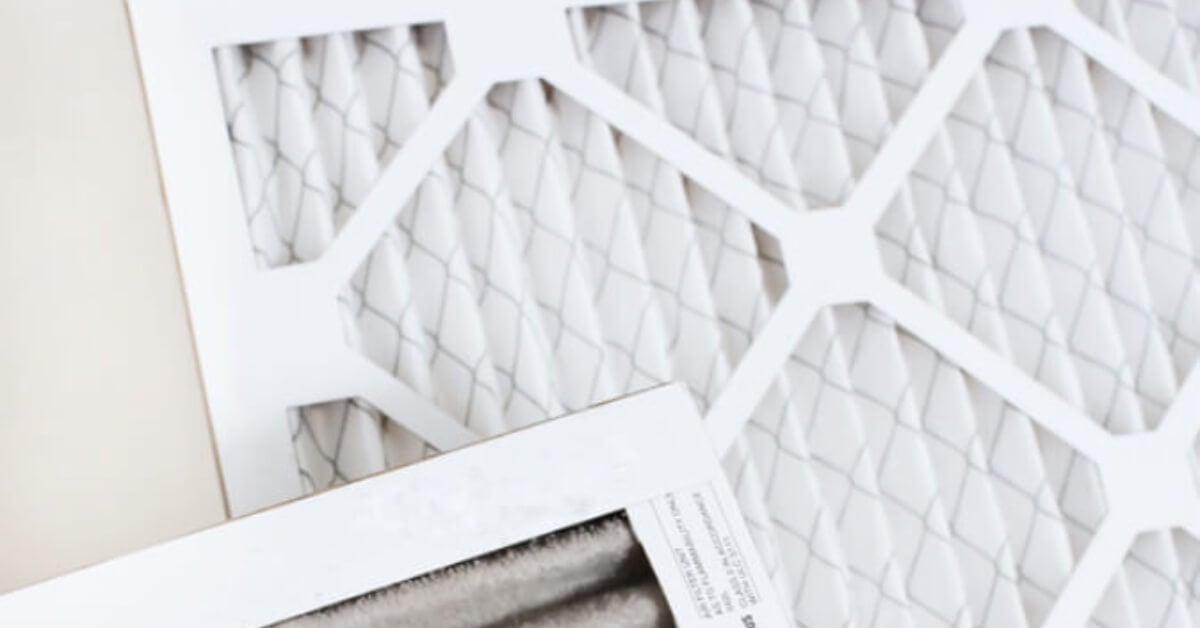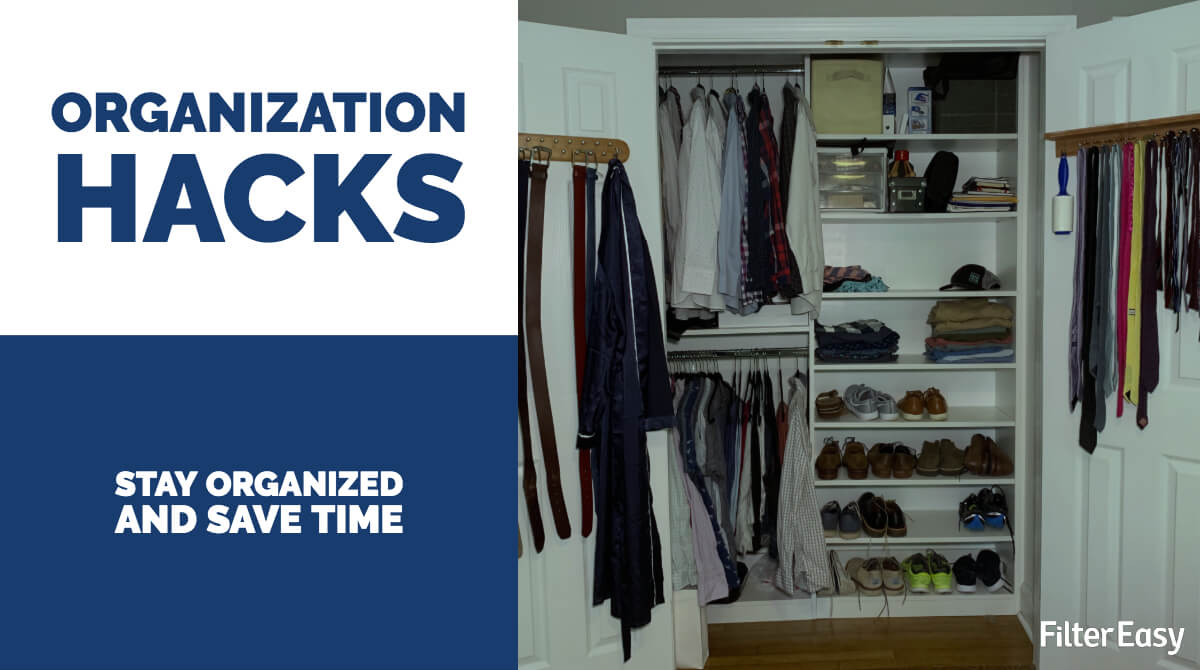
10 Organizing Hacks that Will Change Your Life (a little)
Be more organized in just five minutes Some studies have shown that the benefits of maintaining organization may stretch far beyond the obvious. Organization in your life can reduce stress and decrease the time required to complete tasks, which can lead to better eating habits, better sleeping habits, and better overall wellness. Unfortunately, being organized isn’t as common as you’d hope. The average American spends one year of their life looking for lost or misplaced items, and more than 25% of people say they aren’t more organized because they don’t have time to put organization systems into place. So while creating a comprehensive organization system would obviously be a good idea, who among us actually has time right now to put towards something like that? Apparently, about 80 million Americans don’t. There’s hope for us time-starved, hard-working adults. A little creativity goes a long way to make your home more organized and things more accessible. We’ve gone ahead and taken the liberty of being creative for you and came up with ten quick and straightforward ways to be more organized today—yes, right now. Double hang clothes with soda can tabs. Time: 5 minutes Cost: $0.00 Unless you’re someone that regularly gets rid of clothes you don’t wear, you probably don’t have a lot of closet space. You can clear some up without having to go spend money on closet organizers. Simply take the tabs off cans of soda (or whatever cans you’re drinking) and run the hook of a hanger through the top circle on the tab. Take a second hanger and run it through the bottom hole, and now you can double hang clothes and save some closet space. You could even triple hang clothes if you wanted, as well as put similar garments together to save time when looking through your closet. Use toilet paper rolls and shoeboxes to store cords. Time: 20 minutes Cost: $2.00 The ultimate challenge when it comes to staying organized is managing charging cables and cords for your electronics. Somewhere in everybody’s house is a drawer or bag packed full of chargers and headphones that without fail are tangled to the point of insanity. You can end that today. Take old paper towel or toilet paper rolls and line them up in an old shoebox. Simply glue or tape them to the bottom of the box and then store your cords inside the rolls. You could even label each one on top of the box and leave a corner for charging blocks. It may sound cheap (and we admit it is), but your cables will magically stay tangle free. Put sheet sets inside pillowcases. Time: 10 minutes Cost: $0.00 Keep your bed sheet sets together with what is probably the easiest hack on this list. After you’re done washing and folding sheets, stick the whole set inside of the pillowcase before putting them away. Now each sheet set will be kept together, and there’s no more searching for them in your linen closet. Wash socks in a mesh bag. Time: However long it takes you to put socks in a bag Cost: $5.00 Tired of losing socks in the mass of clothes in your washing machine and dryer? Of course you are. Take a small mesh bag and place all your socks in it, then only wash and dry the bag. All your socks will still get cleaned, they’ll stay together, and they’ll thank you. Jumbo clothespin mail sorters. Time: 10 minutes Cost: $15.00 Not many things can build up faster if they’re ignored than mail. Bills, junk mail, magazines, and other tree-killing wastes pile up if they aren't taken care of. It’s more stressful to take care of if you're trying to wrap your arms around disorganized chaos. Solution: purchase some jumbo clothespins, label them, and hang them on the wall, and you can have all your mail sorted and not taking up space on your counter or desk (and definitely not forgotten in your junk drawer.) The only caveat here is that you do need to take care of this mail because jumbo clothespins won’t hold 604 bills. They will eventually run out of space, but maybe that’s the extra motivation you need to take on the bills. Oh, and when it comes to bills, most companies allow for e-bills and automatic payments. Just a thought. Use bread bag tabs to label cords. Time: 10 minutes Cost: $0.00 Hack number two showed you how to take care of chargers and other electronic cords when they aren’t in use. What about the cables that are plugged in behind your computer? Have you ever had the problem of needing to unplug something and not knowing what is what in that powerstrip? Try labeling them with old bread tabs. Any time you buy a loaf of bread, save the little square tabs and label them with a corresponding cord, then hook them onto the wire and never again will you have to track cables to their devices to figure out what they go to. If you don’t eat bread, we’re deeply sorry. We’re sure your happy friends who still eat bread will let you have their leftover bread bag tabs. Store plastic bags in old disinfecting wipe containers. Time: 5 minutes Cost: $0.00 Every single home has a place somewhere where they have a bunch of grocery bags. You go grocery shopping, you bring home a bunch of bags, and you need somewhere to stuff them. Well, how about an old container of disinfecting wipes? It's big enough to hold quite a few bags, and you can pull them out one at a time like tissues, instead of picking through a huge tangled bunch of bags and having to fight for one. Use a magazine holder to keep tin foil and plastic wrap organized. Time: 5 minutes Cost: $15.00 There’s not really a great place for a bunch of rectangular containers like those that hold tin foil unless you’re willing to make your own. The good news is that making your own is quite easy and you won’t need to find a place to cram those things anymore. You can purchase a magazine holder for around $10-15. Just hang it on the back of the pantry door using a command strip or any other adhesive used on wood. Then take all your tin foil or saran wrap containers and store them there. They’ll be easy to get to and won’t take up the all too precious space in your kitchen. Hang trash bags on a paper towel roll. Time: 30 minutes Cost: $30.00 Ever tried to pull a new trash bag out from under the sink, only to pull like four out and take the box with you? One great way to save time and avoid potentially misplacing things is to hang your kitchen bags and trash bags on a paper towel holder. They already come in rolls, so all you have to do is hang up the holder. It’s as simple as finding an open area of a concealed wall (we imagine you don’t want your trash bags easily visible in your kitchen) and hanging a paper towel holder. Use a shoe organizer to store cleaning products. Time: 5 minutes Cost: $5.00 A shoe organizer is an excellent tool for organizing all sorts of things beyond just shoes. The slots are sized for shoes but can fit things like cleaning bottles, dress socks, or even cords if you need that much space for them. Cleaning products in particular, such as disinfecting wipes or sprays, are things you want to keep out of reach of the kids. Hanging them on the back of the closet door can be a great way to keep them organized and out of sight. You could even arrange them so that the bottles that are running low are on the bottom, making shopping lists easier. Hopefully, you can find some use in these quick, simple, and cheap organization hacks that can remove some small stressors from your life. We’d love to hear from you and any awesome organization ideas you have. Share your ideas with Second Nature on Facebook.
February 6, 2023
Read more

